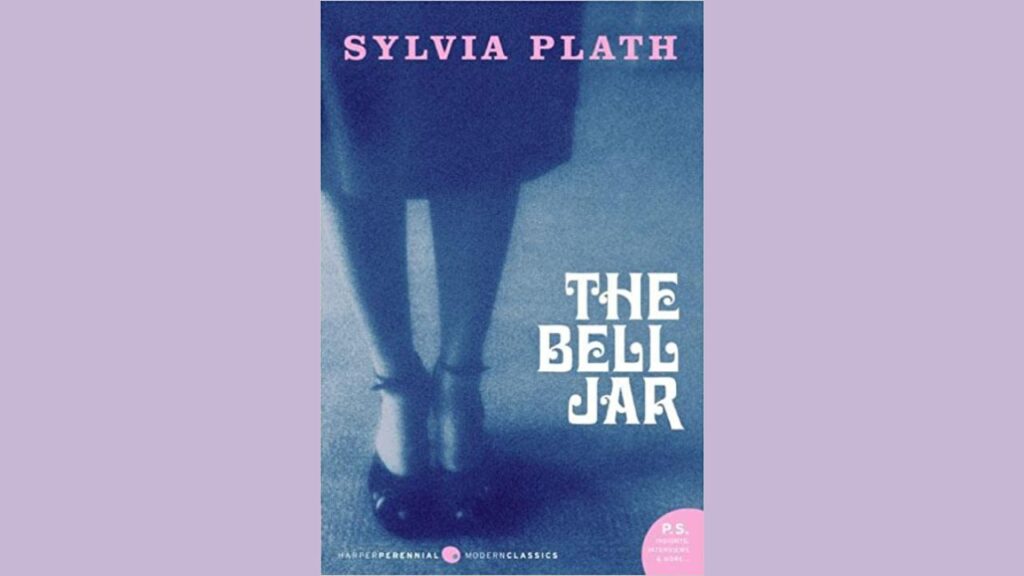
Student Notes – Jane Eyre by Charlotte Brontë
Introduction:
Charlotte Brontë’s Jane Eyre is a classic novel that explores themes of love, independence, social class, and gender roles. Published in 1847, it tells the story of Jane Eyre, an orphan who overcomes adversity and seeks to find her place in the world. This set of student notes provides a comprehensive overview of the key elements, themes, and characters in the novel, along with analysis and discussion points for further exploration and understanding.
Setting:
- Gateshead Hall: The home of Jane’s abusive aunt and cousins, where she spends her early childhood.
- Lowood Institution: A harsh and strict boarding school where Jane receives her education.
- Thornfield Hall: The grand estate where Jane works as a governess and falls in love with Mr. Rochester.
- Moor House: The humble residence where Jane finds refuge and discovers her own independence.
- Ferndean Manor: The final setting where Jane reunites with Mr. Rochester after his tragic accident.
Characters:
- Jane Eyre: The strong-willed and independent protagonist who seeks love, autonomy, and a sense of belonging.
- Mr. Rochester: The brooding and complex master of Thornfield Hall, with a dark secret that complicates his relationship with Jane.
- Helen Burns: Jane’s close friend at Lowood, whose pious and accepting nature influences Jane’s development.
- St. John Rivers: A clergyman who offers Jane a chance at a secure and respectable life, but lacks the passion and emotional connection she desires.
- Bertha Mason: Mr. Rochester’s first wife, who is hidden away at Thornfield Hall due to her mental illness.
Plot Summary:
- Introduction to Jane’s difficult upbringing at Gateshead Hall and her experiences at Lowood Institution.
- Jane’s arrival at Thornfield Hall as a governess and her growing feelings for Mr. Rochester.
- The revelation of Mr. Rochester’s secret and the challenges Jane faces in her pursuit of love and independence.
- Jane’s decision to leave Thornfield Hall and her subsequent experiences at Moor House.
- The resolution of the story and Jane’s eventual reunion with Mr. Rochester.
- Themes: Love and Independence, Social Class and Gender Roles, Morality and Religion, Appearance vs. Reality, Self-Discovery and Identity.
Key Themes and Symbols:
- Love and Independence: Jane’s search for both emotional connection and personal autonomy, challenging societal expectations.
- Social Class and Gender Roles: The constraints and limitations imposed by Victorian society, particularly for women of lower social status.
- Morality and Religion: The exploration of moral dilemmas, religious convictions, and the clash between societal expectations and personal integrity.
- Appearance vs. Reality: The contrast between external appearances and true character, exemplified by characters like Mr. Rochester and Bertha Mason.
- Self-Discovery and Identity: Jane’s journey towards self-realization, self-acceptance, and finding her place in the world.
Analysis and Discussion Points:
- Analyze the character development of Jane Eyre throughout the novel, examining her growth, resilience, and pursuit of independence.
- Discuss the role of social class in shaping the characters’ lives and relationships, especially the challenges faced by women of lower social status.
- Explore the theme of love in the novel, examining the different manifestations of love and the sacrifices made in its pursuit.
- Examine the symbolism of settings such as Thornfield Hall and Lowood Institution, and their impact on the characters’ journeys.
- Discuss the portrayal of gender roles and expectations in the Victorian era, and how Jane challenges and subverts these norms.
- Analyze the significance of Jane’s moral and religious beliefs and their influence on her decisions and actions.
Conclusion:
Jane Eyre is a timeless novel that explores themes of love, independence, and societal constraints. Charlotte Brontë’s portrayal of Jane’s journey towards self-discovery and fulfillment continues to resonate with readers today. By engaging with the student notes provided, readers can gain a deeper understanding of the novel’s themes, characters, and societal context, sparking meaningful discussions about gender roles, societal expectations, and the pursuit of personal happiness and fulfillment.





